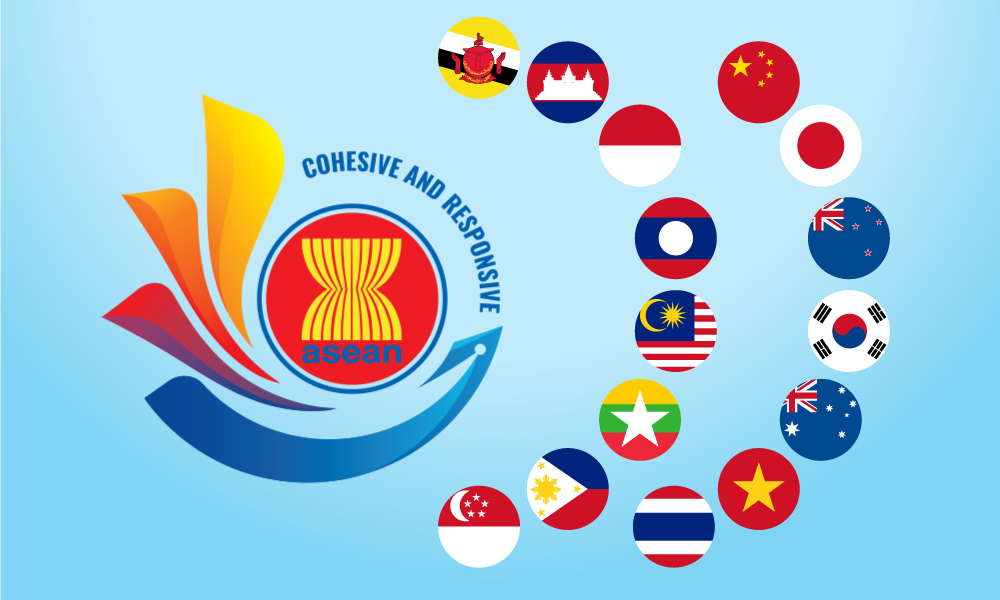Free trade agreements (FTAs) are a vital part of Australia's continued economic growth. FTAs are treaties between two or more countries designed to reduce or eliminate certain barriers to trade and investment, and to facilitate stronger trade and commercial ties between participating countries. Australia currently has 3 FTAs with Vietnam.
Free trade agreements help boost economic and job growth in Australia, and deliver new growth opportunities to big and small Australian businesses through greater trade and investment. Australian consumers and businesses also benefit from improved access to an wider range of competitively priced imported goods and services.
On Wednesday, 6 September 2023 Senior Representatives from the Ministry of Industry and Trade (MOIT), Australian Embassy and Australian Consulate-General, Vietnam Chamber of Commerce and Industry (VCCI), Australian Chamber of Commerce (AusCham) Vietnam, import-export businesses, and others met in a roundtable format to discuss Free Trade Agreements between Vietnam and Australia. Click HERE for more information.
Click HERE to download the current Free Trade Agreements between Australia and Vietnam.



